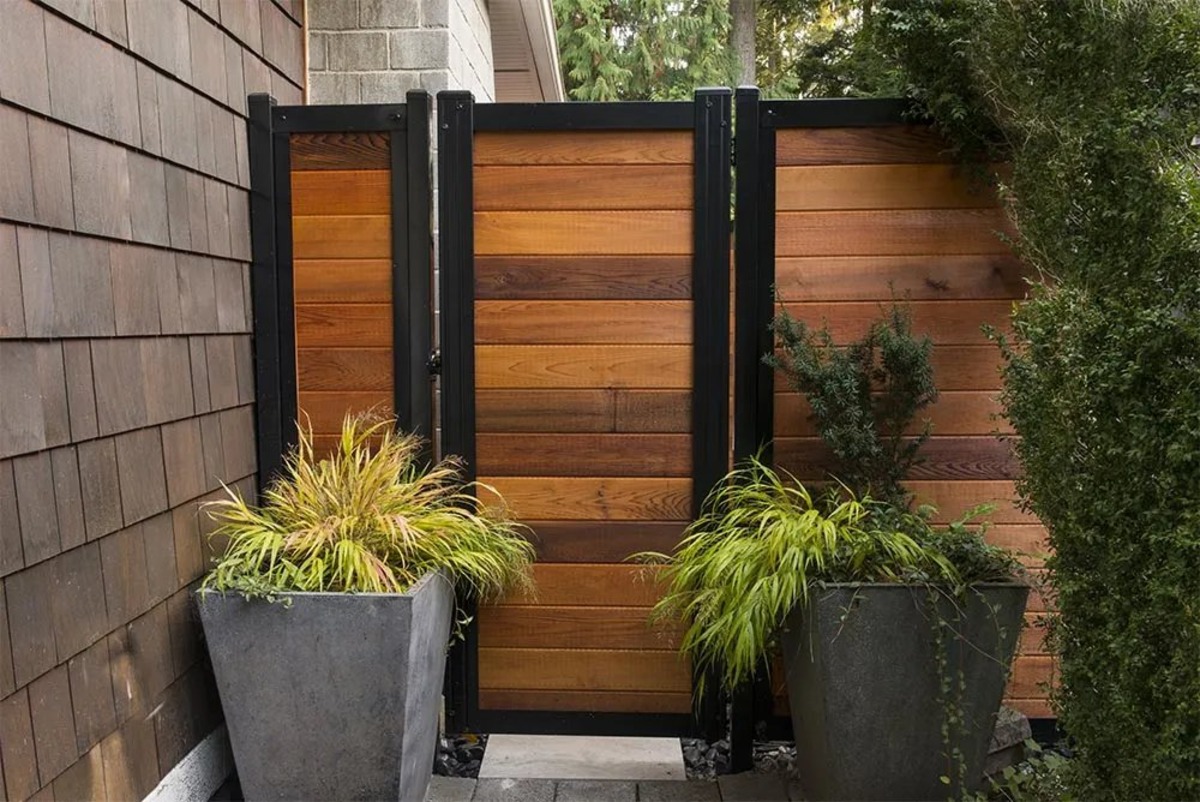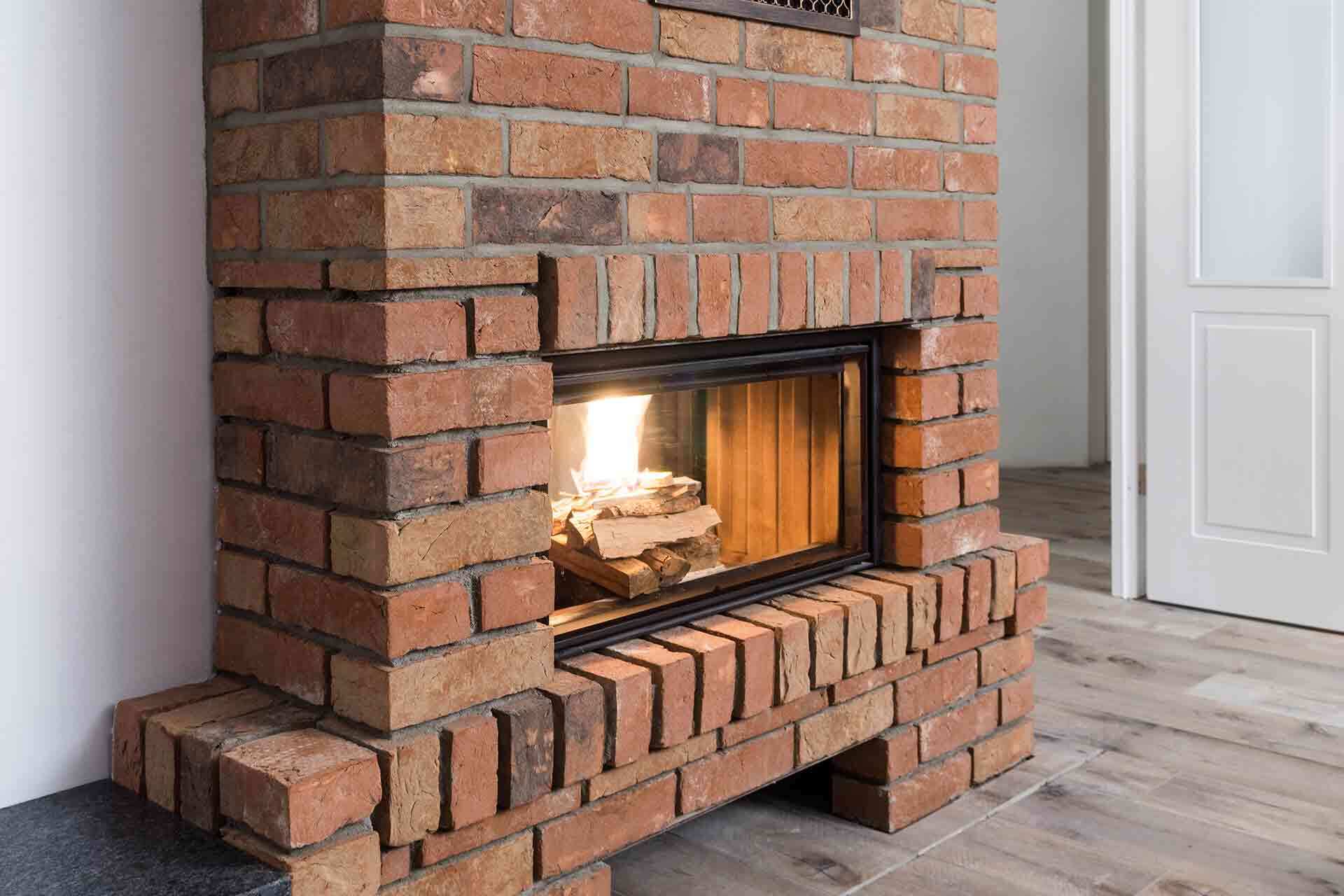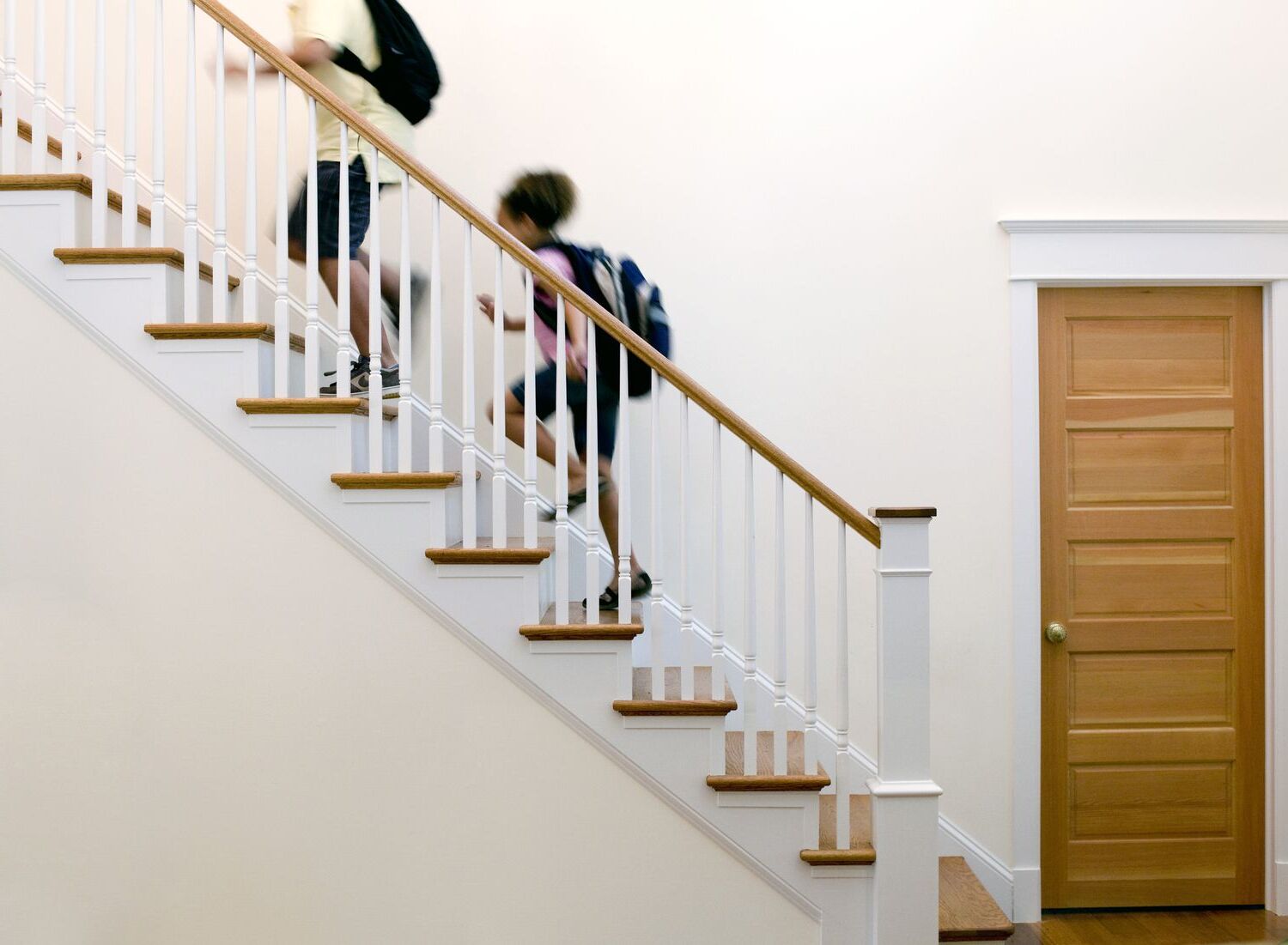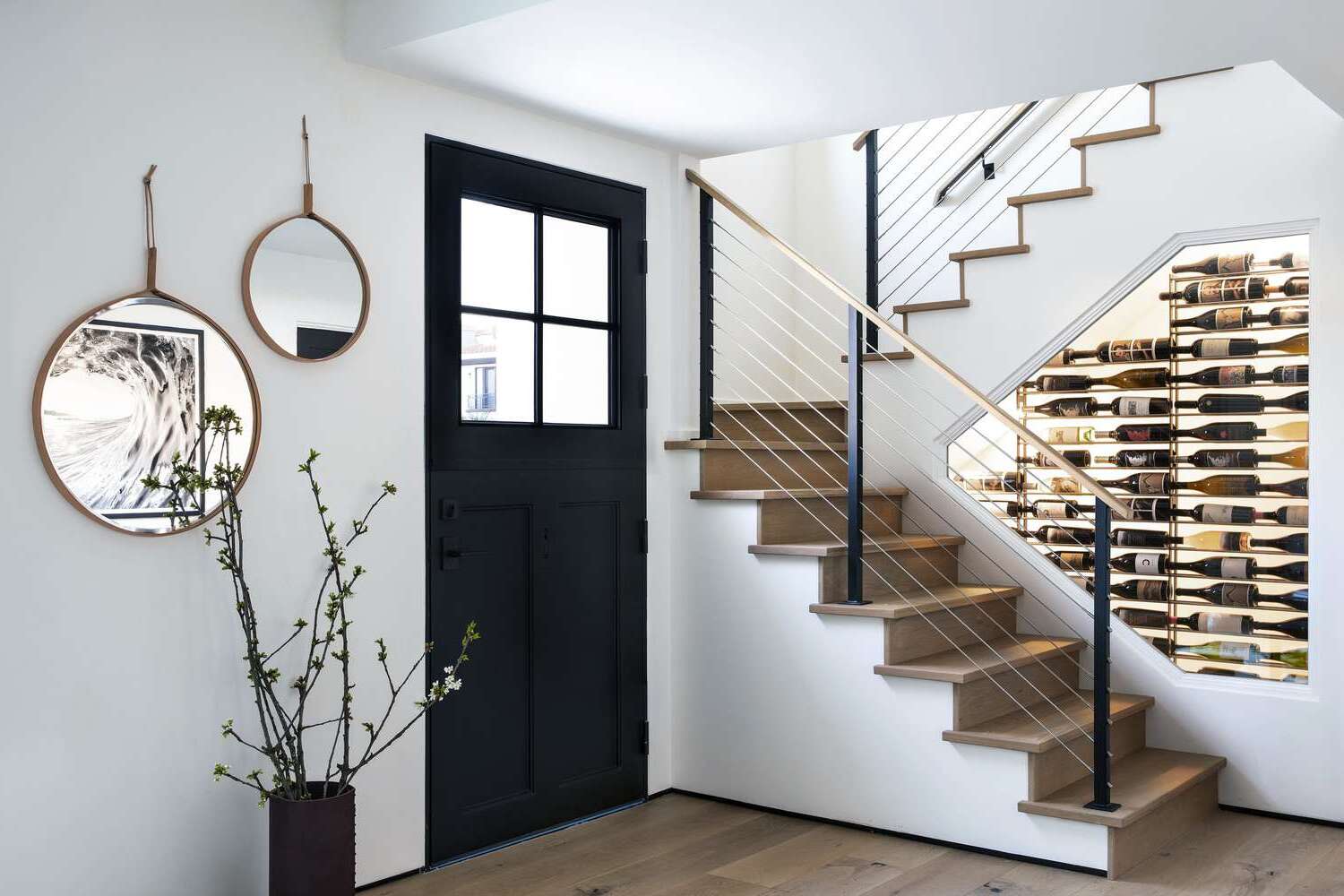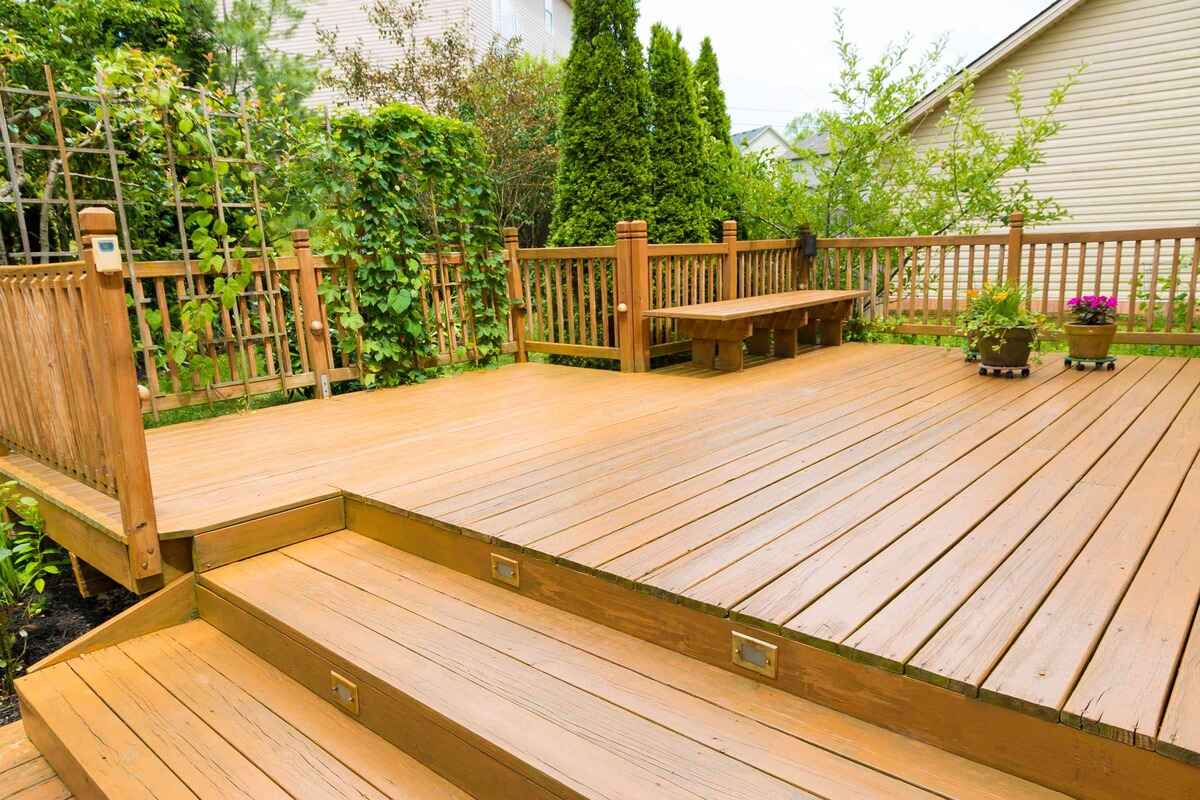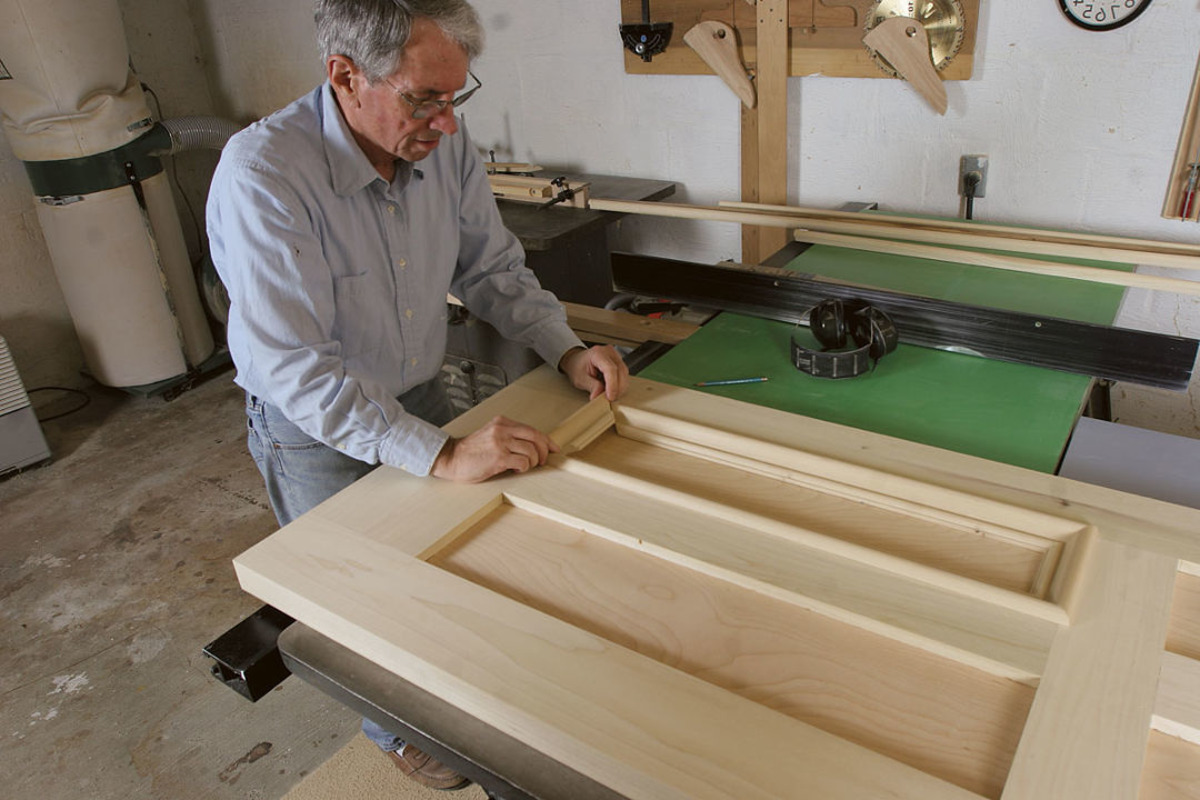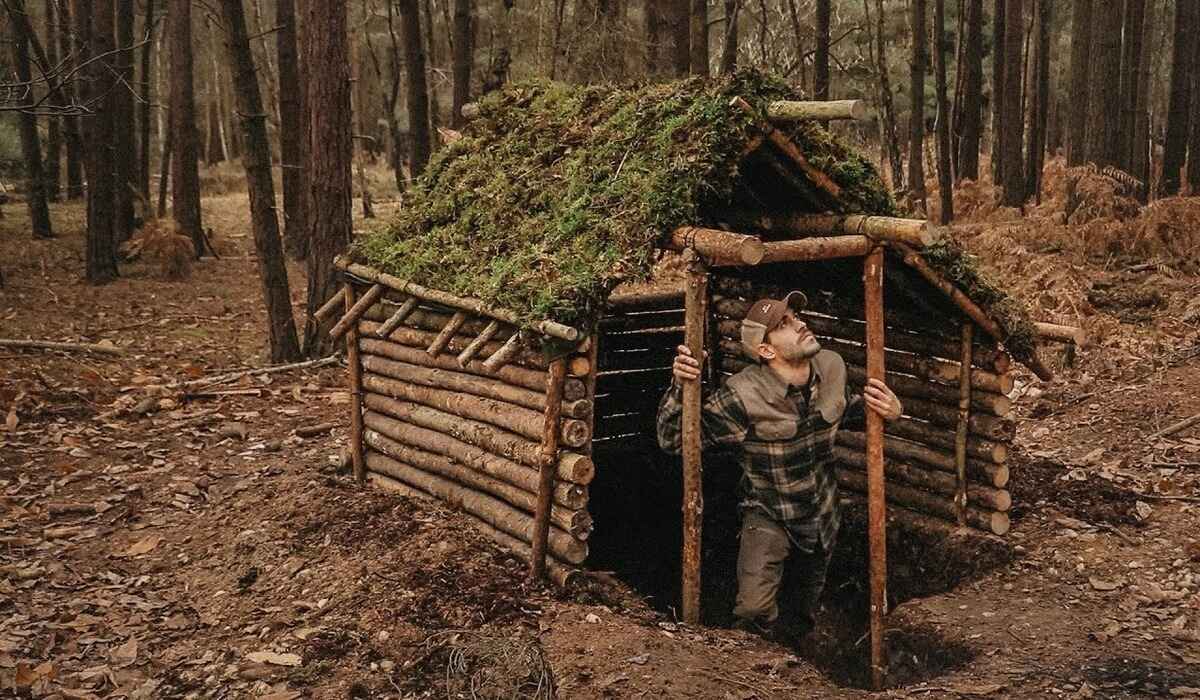Home>Create & Decorate>DIY & Crafts>How To Build A Mudroom
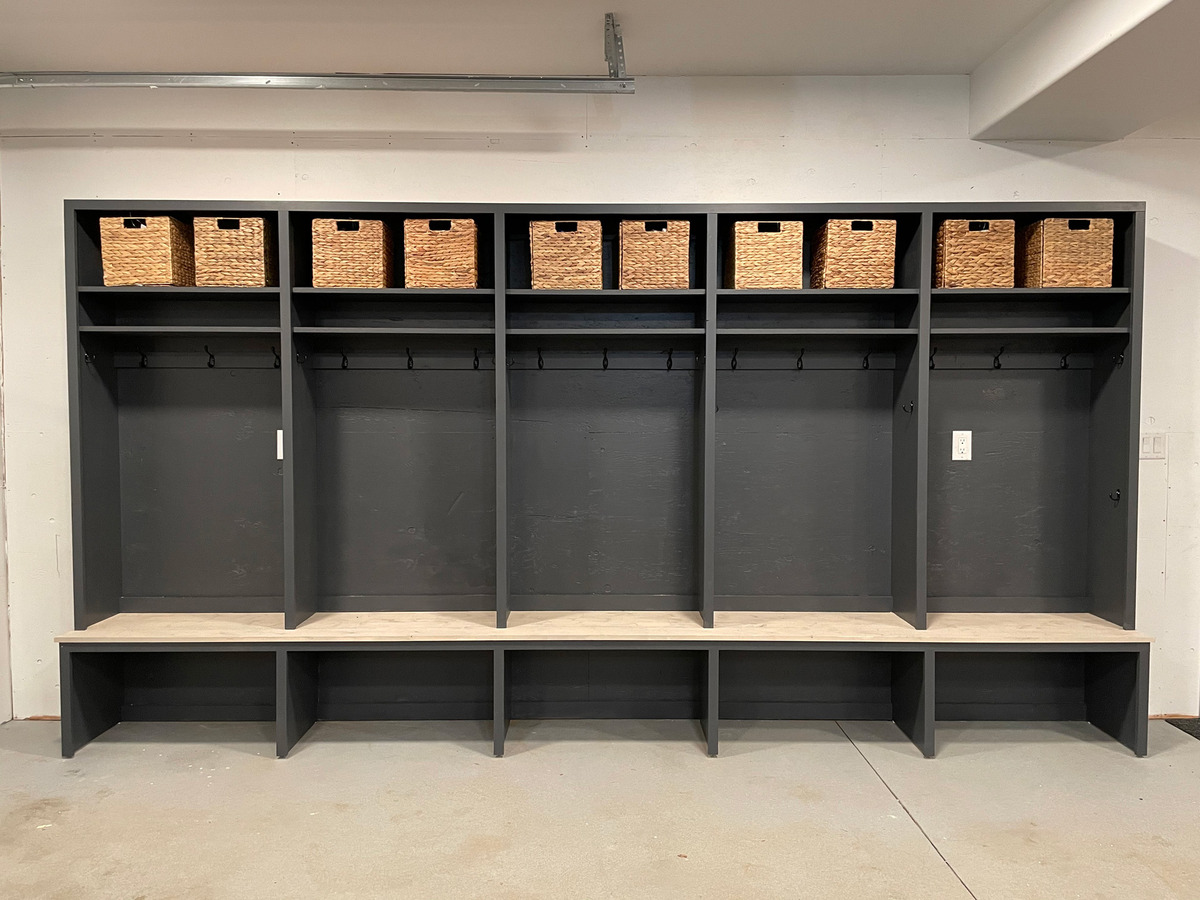

DIY & Crafts
How To Build A Mudroom
Published: April 15, 2024

Senior Editor in Create & Decorate, Kathryn combines traditional craftsmanship with contemporary trends. Her background in textile design and commitment to sustainable crafts inspire both content and community.
Learn how to create a functional and stylish mudroom with our DIY & Crafts guide. Get expert tips and ideas for building your own mudroom.
(Many of the links in this article redirect to a specific reviewed product. Your purchase of these products through affiliate links helps to generate commission for Twigandthistle.com, at no extra cost. Learn more)
Introduction
Are you tired of cluttered entryways and constantly searching for misplaced items? Building a mudroom can be the perfect solution to keep your home organized and tidy. A well-designed mudroom not only provides a designated space for storing coats, shoes, and other outdoor gear but also adds value to your home. In this guide, we will walk you through the step-by-step process of building a functional and stylish mudroom that meets your family's needs. Whether you're a seasoned DIY enthusiast or a novice looking to take on a new project, creating a mudroom is a rewarding endeavor that can transform the way you manage your home.
Read more: DIY Garage Mudroom Organization Ideas
Step 1: Choosing the Right Location
When it comes to building a mudroom, selecting the right location is crucial. Here are some factors to consider when choosing the perfect spot for your mudroom:
-
Entryway Traffic: Assess the flow of traffic in your home. The mudroom should be easily accessible from the main entryway, allowing family members and guests to conveniently drop off and pick up items as they come and go.
-
Space Availability: Look for an area with enough space to accommodate the storage and organizational features you desire. Consider utilizing underutilized areas such as a back entryway, garage entry, or even a corner of the laundry room.
-
Proximity to Outdoor Spaces: If you have a backyard, garden, or garage, consider a location that provides easy access to these outdoor areas. This can help prevent dirt and debris from being tracked through the rest of the house.
-
Utility Connections: If you plan to include a laundry area in your mudroom, proximity to existing plumbing and electrical connections is essential for practicality and cost-effectiveness.
By carefully considering these factors, you can choose a location that maximizes the functionality and convenience of your mudroom.
Step 2: Designing the Layout
Designing the layout of your mudroom is a critical step in creating a space that meets your specific needs. Here are some essential considerations to keep in mind as you plan the layout:
-
Functionality: Determine the primary functions of your mudroom. Will it primarily serve as a storage area for outdoor gear, a laundry space, or a combination of both? Understanding the primary purpose will guide the layout design.
-
Storage Solutions: Assess your storage needs and incorporate appropriate solutions into the layout. This may include built-in cubbies, shelves, hooks, and cabinets for organizing coats, shoes, backpacks, and other items.
-
Seating Area: If space allows, consider adding a bench or seating area for putting on and taking off shoes. This can also serve as a convenient spot for sorting through mail or setting down bags.
-
Laundry Space: If you plan to include a laundry area, allocate space for a washer, dryer, and a designated folding area. Ensure that the layout allows for easy access to plumbing and electrical connections.
-
Traffic Flow: Consider the flow of movement within the mudroom. Ensure that there is ample space for multiple people to enter and exit comfortably, especially during busy times.
-
Lighting and Ventilation: Incorporate adequate lighting to ensure visibility, especially in darker corners. Additionally, consider ventilation options to prevent moisture buildup and maintain air quality.
-
Aesthetic Appeal: While functionality is key, don't overlook the aesthetic aspect. Choose a design that complements the overall style of your home and reflects your personal taste.
By carefully designing the layout of your mudroom, you can create a space that not only meets your practical needs but also enhances the overall look and feel of your home.
Step 3: Selecting Materials
Selecting the right materials for your mudroom is essential for creating a durable and visually appealing space. Here are some key considerations when choosing materials for your mudroom:
-
Flooring: Opt for durable, easy-to-clean flooring materials that can withstand heavy foot traffic and exposure to the elements. Popular choices include ceramic tile, luxury vinyl plank, and porcelain tile. These materials are not only resilient but also offer a wide range of styles and colors to complement your home's aesthetic.
-
Wall Treatments: Consider using materials that are resistant to moisture and easy to clean. Beadboard, wainscoting, or moisture-resistant paint are excellent options for protecting the walls from dirt, scuff marks, and moisture.
-
Cabinetry and Storage: When selecting materials for built-in cabinets, shelves, and cubbies, prioritize durability and functionality. Opt for sturdy materials such as hardwood, plywood, or high-quality laminates that can withstand the weight of stored items and frequent use.
-
Bench and Seating: If you plan to incorporate a bench or seating area, choose materials that are both comfortable and resilient. Consider using wood or metal frames with upholstered cushions or weather-resistant fabrics for a balance of comfort and practicality.
-
Hardware and Fixtures: Pay attention to the hardware and fixtures you choose for your mudroom. Select sturdy hooks, handles, and knobs that can withstand the weight of heavy coats and bags. Additionally, opt for rust-resistant hardware to ensure longevity, especially if your mudroom is exposed to outdoor elements.
-
Finishing Touches: Incorporate finishing touches such as trim, molding, and baseboards that complement the overall design of your mudroom. Choose materials that are easy to maintain and resistant to wear and tear.
By carefully selecting materials that prioritize durability, functionality, and aesthetic appeal, you can create a mudroom that not only meets your practical needs but also enhances the overall look and feel of your home.
Step 4: Building the Mudroom Structure
Building the structure of your mudroom is a pivotal step that requires careful planning and precise execution. Whether you are converting an existing space or constructing a new addition, the following steps will guide you through the process of building the foundational structure of your mudroom.
Read more: How To Build A Shed
1. Framing the Walls
Begin by framing the walls of your mudroom according to the layout and design plan. Use sturdy, pressure-treated lumber for the bottom plates to protect against moisture and potential water exposure. Ensure that the walls are plumb and square to provide a solid foundation for the rest of the structure.
2. Installing Doors and Windows
If your mudroom includes exterior access, install doors and windows to provide natural light and ventilation. Choose energy-efficient, weather-resistant doors and windows that can withstand exposure to the elements. Properly seal and insulate around the frames to prevent air leaks and maintain temperature control.
3. Roofing and Insulation
If your mudroom requires a roof, carefully install the roofing materials to ensure proper drainage and protection from the elements. Additionally, insulate the walls and ceiling to regulate temperature and improve energy efficiency. Consider using insulation with moisture-resistant properties to safeguard against potential moisture buildup.
4. Electrical and Lighting
Plan and install electrical wiring for lighting, outlets, and any additional electrical needs. Ensure that all electrical work complies with local building codes and safety standards. Incorporate adequate lighting fixtures to illuminate the space and enhance visibility, especially during darker hours.
Read more: How To Build A Truss
5. Exterior Finishes
If your mudroom is an exterior addition, apply exterior finishes such as siding, brick, or stucco to complement the architectural style of your home. Choose materials that are durable and weather-resistant to protect the structure from the elements and maintain visual appeal.
6. Interior Finishes
Complete the interior finishes by adding drywall, trim, and any additional decorative elements. Consider using moisture-resistant drywall in areas prone to moisture exposure, such as near entryways and laundry spaces. Install trim and molding to add a polished look to the space.
By following these steps, you can successfully build the structural framework of your mudroom, creating a functional and well-constructed space that enhances the organization and efficiency of your home.
Step 5: Adding Storage Solutions
Incorporating efficient storage solutions is essential for maximizing the functionality of your mudroom. Here are some practical and space-saving storage ideas to consider:
-
Built-in Cubbies and Shelves: Install built-in cubbies and shelves to provide designated spaces for storing shoes, backpacks, and other frequently used items. Utilize varying shelf heights to accommodate different types of footwear and accessories. Consider incorporating adjustable shelves to customize the storage space based on your family's needs.
-
Overhead Cabinets: If space allows, consider adding overhead cabinets for storing seasonal items, extra outerwear, or other less frequently used belongings. Opt for cabinets with doors to keep items concealed and maintain a clutter-free appearance.
-
Hooks and Pegs: Install sturdy hooks and pegs for hanging coats, hats, and bags. Position these hooks at varying heights to accommodate both adults and children. Consider using decorative hooks to add a touch of style to the space while providing practical storage solutions.
-
Baskets and Bins: Incorporate baskets and bins for organizing smaller items such as gloves, scarves, and pet accessories. Labeling these containers can help family members quickly locate and return items to their designated storage spaces.
-
Pull-out Drawers: If you have a bench or seating area, consider integrating pull-out drawers underneath for storing shoes, sports equipment, or pet supplies. These drawers provide concealed storage while maximizing the use of available space.
-
Open Shelving with Baskets: Utilize open shelving with baskets or bins to store frequently used items such as umbrellas, sunscreen, and gardening supplies. The open shelving allows for easy access to these essentials while keeping them neatly organized.
-
Shoe Racks and Boot Trays: Incorporate shoe racks or boot trays to prevent outdoor footwear from tracking dirt and moisture into the rest of the home. Consider using durable, easy-to-clean materials such as metal or plastic for these storage solutions.
By incorporating these storage solutions into your mudroom design, you can create a well-organized space that effectively manages clutter and enhances the overall functionality of your home.
Step 6: Installing Flooring and Finishing Touches
After completing the structural and storage elements of your mudroom, it's time to focus on the flooring and finishing touches that will bring the space together. The flooring you choose should be durable, easy to clean, and resistant to moisture and wear. Additionally, adding finishing touches such as trim, molding, and decorative elements will enhance the overall aesthetic appeal of the mudroom.
Read more: How To Build A Bar
Flooring Options
When selecting flooring for your mudroom, consider the following options:
-
Ceramic Tile: Ceramic tile is a popular choice for mudrooms due to its durability and water-resistant properties. It is available in a wide range of colors and patterns, allowing you to customize the look of your space.
-
Luxury Vinyl Plank: Luxury vinyl plank flooring offers the look of hardwood with enhanced durability and water resistance. It is easy to maintain and provides a warm, inviting feel to the mudroom.
-
Porcelain Tile: Porcelain tile is known for its strength and resistance to moisture, making it an ideal choice for high-traffic areas such as mudrooms. It is available in various textures and finishes to suit your design preferences.
-
Laminate Flooring: Laminate flooring offers a cost-effective and low-maintenance option for mudrooms. It is available in a wide array of styles, including wood and stone looks, providing versatility in design.
Finishing Touches
In addition to the flooring, incorporating finishing touches will add a polished look to your mudroom. Consider the following elements:
-
Baseboards and Trim: Install baseboards and trim to create a seamless transition between the flooring and walls. This not only enhances the visual appeal but also protects the edges of the flooring from damage.
-
Molding: Adding decorative molding, such as crown molding or chair rail molding, can elevate the overall aesthetic of the space. Choose molding styles that complement the architectural style of your home.
-
Paint or Wallpaper: Consider adding a pop of color or a decorative wallpaper to accentuate the walls of the mudroom. Choose paint colors or wallpaper patterns that reflect your personal style and complement the overall design scheme.
-
Decorative Hooks and Hardware: Install decorative hooks and hardware to add functional and stylish elements to the space. Choose hardware finishes that coordinate with other fixtures in the mudroom for a cohesive look.
-
Rugs and Mats: Incorporate rugs and mats to add warmth and comfort to the mudroom. Choose durable, easy-to-clean options that can withstand the traffic and potential exposure to moisture.
By carefully selecting the flooring and incorporating finishing touches, you can create a mudroom that not only serves its practical purpose but also enhances the overall aesthetic and functionality of your home.
Conclusion
In conclusion, building a mudroom is a rewarding endeavor that can significantly improve the organization and functionality of your home. By carefully choosing the location, designing the layout, selecting durable materials, constructing the structure, adding efficient storage solutions, and incorporating the right flooring and finishing touches, you can create a space that not only keeps clutter at bay but also enhances the overall aesthetic appeal of your home. A well-designed mudroom provides a designated area for storing outdoor gear, reduces the tracking of dirt and moisture into the rest of the house, and adds value to your property. Whether you are a seasoned DIY enthusiast or a novice looking to take on a new project, creating a mudroom is a practical and impactful way to transform the way you manage your home. With careful planning and attention to detail, you can build a mudroom that meets the specific needs of your family while adding both functionality and style to your living space.

